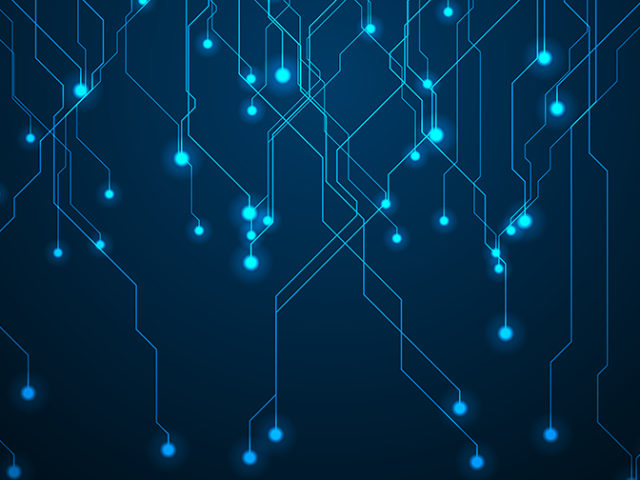Los Alamos National Laboratory researchers discover a new approach for capturing energy from light-generated, ‘hot’ electrons, avoiding wasteful heat loss.
Los Alamos National Laboratory scientists have synthesised magnetically-doped quantum dots that capture the kinetic energy of electrons created by ultraviolet light before it’s wasted as heat.
“This discovery can potentially enable novel, highly-efficient solar cells, light detectors, photocathodes and light-driven chemical reactions,” said Victor Klimov, lead researcher on the Laboratory’s quantum dot project.
In standard solar cells, a large amount of sunlight energy is wasted as heat. This waste occurs due to the lack of effective approaches for capturing kinetic energy of ‘hot’ electrons generated by photons in the green to ultraviolet portion of the sun’s light spectrum. The problem is that hot electrons lose their energy very quickly due to interactions with crystal lattice that the devices are made of, leading to vibrations known as phonons. This process typically occurs in a few picoseconds (trillionths of a second).
Previous efforts to capture hot-carrier energy have exploited the transfer of kinetic energy from the energetic hot electron to an immobile, low-energy electron exciting it to a current-conducting state. This effect, known as carrier multiplication, doubles the number of electrons contributing to the photocurrent which can be used for boosting the performance of solar cells. In most conventional materials, however, the energy losses to phonons outpace the energy gains of carrier multiplication.
Source: “Modified quantum dots capture more energy from light and lose less to heat”, James Riordon, Los Alamos National Laboratory




